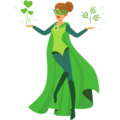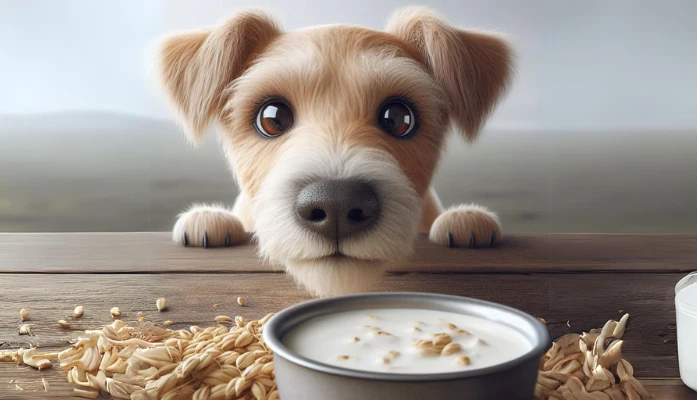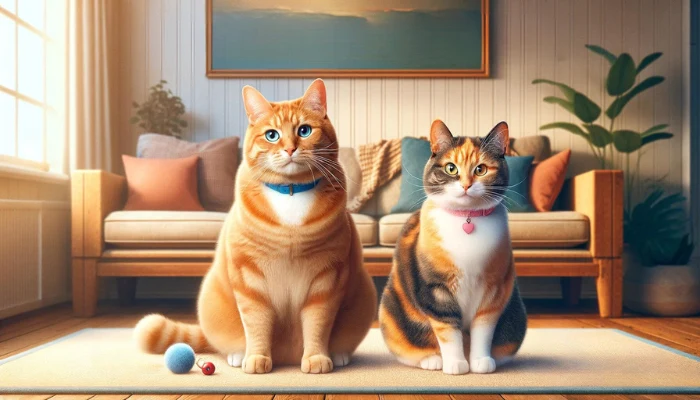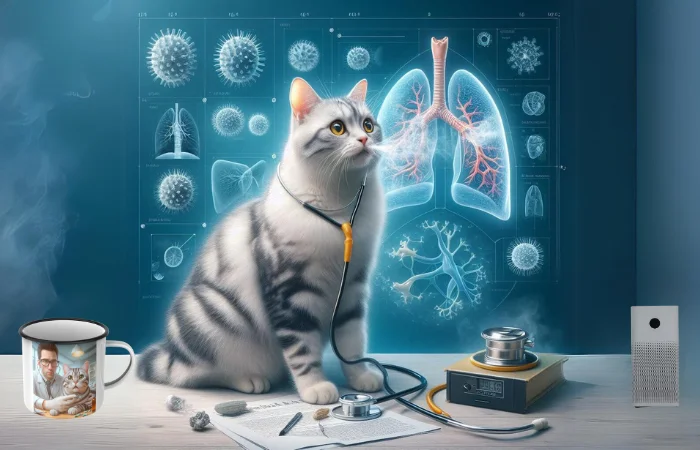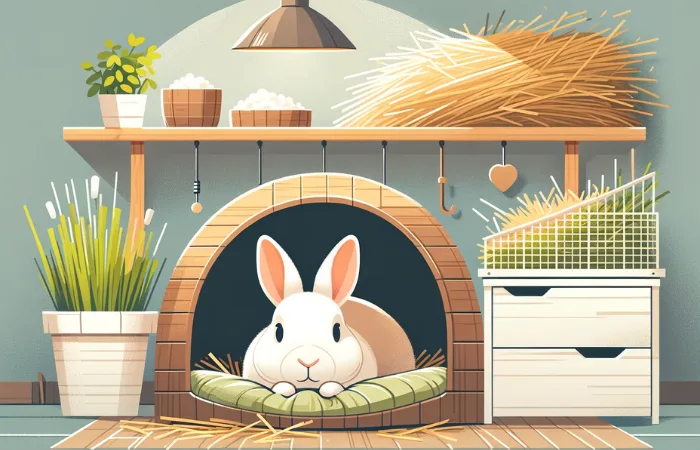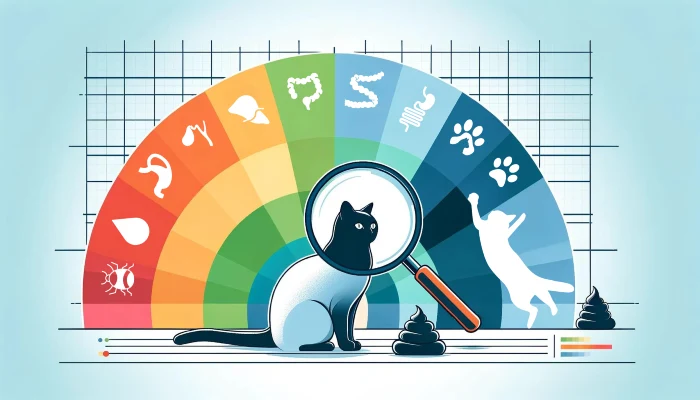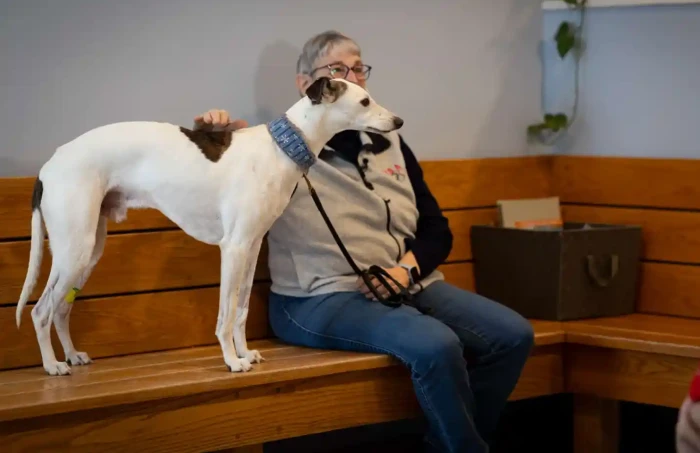Declawing, a controversial procedure involving the removal of a cat’s claws, has long been a topic of debate among pet owners, veterinarians, and animal welfare advocates. However, a growing consensus suggests that declawing is not only unnecessary but also harmful to cats.
Perspective Shift: Declawing Humans
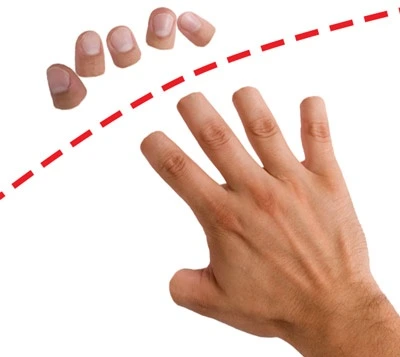
Declawing a cat involves the removal of the last segment from the last joint of each toe, equivalent to the tip of each finger in a human hand. Imagine that for a moment…
Consider our incredible dexterity. Our fingers, with their delicate tips, allow us to perform a multitude of intricate tasks, from precise movements like playing musical instruments to everyday activities such as typing on a keyboard or tying shoelaces. They’re extensions of our personality, tools that enable us to interact with the world around us. Now, let’s envision what it would be like to undergo a procedure and have the tips of our fingers removed, like declawing of a cat.
While the extent of the amputation is not as severe as the complete removal of fingers, the consequences are still significant. Cats rely on their claws for various activities, just as we rely on the tips of our fingers for intricate tasks and sensory perception. The loss of these vital appendages would greatly impact our ability to grasp objects, sense textures, and perform delicate movements. Losing the tips of our fingers would impact our fine motor skills and coordination.
Tasks that once came effortlessly, such as typing or playing a musical instrument, become considerably more challenging. The precision and finesse we once possessed are diminished, leaving us frustrated and struggling to perform activities that were once second nature.
And, don’t forget the physical pain! Nerve endings, sensitivity, and functionality are compromised, resulting in discomfort and potential complications.
Let’s approach the topic of declawing with compassion and recognize that any form of amputation, even the removal of the tips of the fingers, can have lasting effects on a cat’s physical and emotional health, because it certainly would for any human being.
And now back to the article…
Once a vibrant and agile creature, a cat’s life takes a distressing turn when subjected to the inhumane practice of declawing. The disadvantages it inflicts upon these feline companions are numerous and heartbreaking.
First and foremost, declawing involves the amputation of the last bone of each toe, inflicting excruciating pain and lasting discomfort. Imagine the agony of walking in their paws, every step a reminder of the surgical trauma they endured. Chronic pain becomes their unwelcome companion, casting a shadow over their once joyful existence. Simple activities such as walking become arduous tasks, robbing them of the freedom they once possessed.

A cat’s grace and agility are intricately tied to their claws. These remarkable appendages contribute to their balance, allowing them to navigate even the most treacherous surfaces with elegance.
However, declawing upsets this delicate equilibrium. Cats find themselves grappling with an altered gait, stumbling where they once leapt effortlessly. Their once surefooted nature wavers, leaving them feeling disoriented and vulnerable. Frustration and anxiety permeate their lives, diminishing their overall well-being.
Claws serve a vital purpose beyond mere aesthetics. They are essential tools in a cat’s repertoire, used for self-defense and marking territory. Yet, when their natural weaponry is forcibly removed, they find themselves defenseless.
Stripped of their primary means of protection, they resort to biting, a desperate attempt to safeguard themselves. This behavioral shift can strain the bond between cat and human, eroding the trust that once existed.
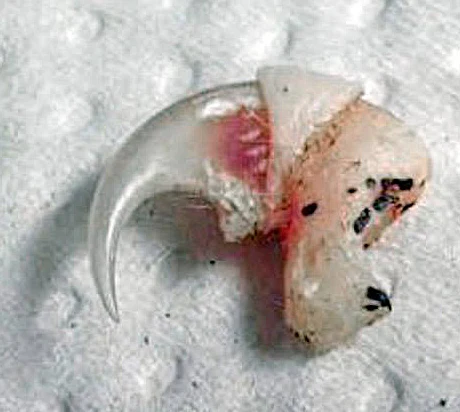
of each of your fingers were removed?
Moreover, declawed cats may develop an aversion to the litter box. Pain and discomfort while scratching in the litter can trigger distressing associations, leading to irregular elimination patterns and further compromising their physical and emotional health.
The repercussions of declawing extend far beyond immediate pain and behavioral challenges.
Declawed cats face an increased risk of health complications.
The vulnerability of their exposed paws invites infections and abscesses, turning their once safe haven into a breeding ground for ailments.
Nail regrowth problems can haunt them, requiring additional veterinary interventions and subjecting them to further distress.
It is an act of cruelty to subject these sentient beings to such unnecessary suffering. Declawing deprives cats of their physical well-being, shatters their emotional balance, and erodes their quality of life.
It is our duty to protect and respect these marvelous creatures, finding compassionate alternatives to address any concerns without resorting to such inhumane practices.
Let us champion their right to retain their natural defenses, embracing their innate beauty and grace.
7 Actual Reasons Why Declawing is Unnecessary
1. Alternatives are Available
There are numerous alternatives to declawing that effectively address scratching-related issues without resorting to amputation. Regular nail trimming, using scratching posts, providing appropriate surfaces, and using deterrents are all effective methods to redirect a cat’s scratching behavior.
2. Training and Behavior Modification
Cats can be trained to use scratching posts and appropriate surfaces through positive reinforcement techniques. By rewarding desired behaviors and redirecting inappropriate scratching, cat owners can effectively train their feline companions without the need for surgery.
3. Nail Trimming
Regular nail trimming is a simple and painless procedure that can be performed at home or by a veterinarian. Trimming a cat’s nails reduces their sharpness and minimizes potential damage to furniture or other household items. With proper trimming, the risk of scratching-related issues can be significantly reduced.
4. Soft Nail Caps
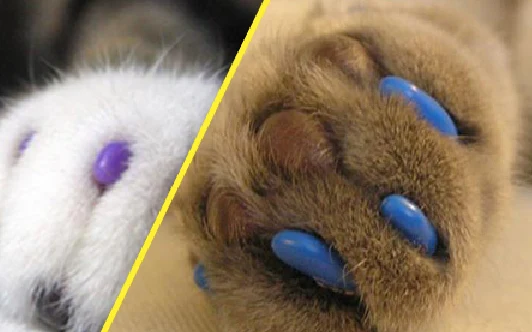
Soft nail caps, such as vinyl or rubber-based covers, can be applied to a cat’s claws. These caps provide a safe and temporary solution to prevent damage caused by scratching. They are non-invasive, painless, and allow cats to exhibit their natural scratching behavior without causing harm.
5. Environmental Modifications
Making environmental adjustments can help address scratching-related issues. By providing an adequate number of appropriate scratching posts, placing them strategically, and using attractants like catnip, cats can be encouraged to use designated surfaces for scratching.
6. Behavior Consultation
In cases where a cat’s scratching behavior becomes problematic, consulting with a professional animal behaviorist or veterinarian can provide valuable insights and guidance. These experts can help identify the underlying reasons for the behavior and develop personalized solutions that do not involve declawing.
7. Legal and Ethical Concerns
In many countries and regions, declawing is considered unethical and has been banned or heavily restricted. Recognizing the unnecessary nature of the procedure, these legal measures aim to protect the well-being and rights of cats. It is important to consider these ethical and legal concerns when making decisions about a cat’s health and welfare.
By exploring and implementing these alternatives, cat owners can effectively manage scratching-related issues while respecting the physical and behavioral needs of their feline companions.
We must prioritize humane and non-invasive solutions that preserve the well-being and natural behaviors of cats, rather than resorting to unnecessary and potentially harmful surgical procedures like declawing.
The Inhumanity of Declawing
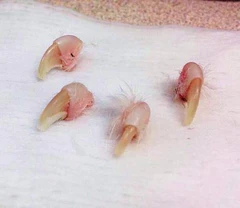
Declawing, also known as onychectomy, is an invasive surgical procedure that involves the amputation of a cat’s toes at the last joint, essentially removing the claws. While some people may consider it a solution to prevent scratching-related issues, it is important to understand the severe consequences and ethical concerns associated with this procedure.
Pain and Discomfort
Declawing is an extremely painful procedure for cats. It involves cutting through bone, tendons, ligaments, and nerves, resulting in acute pain during and after the surgery. Cats may experience prolonged discomfort, which can significantly affect their overall well-being and quality of life.
Behavioral Changes
Cats rely on their claws for various natural behaviors, such as climbing, stretching, defending themselves, and marking territory. Declawing deprives them of these essential abilities, leading to significant behavioral changes. Cats may become anxious, fearful, or frustrated, as they are unable to express themselves and engage in their instinctual behaviors.
Altered Gait and Balance
The amputation of the last joint of a cat’s toes can permanently affect their gait and balance. Cats rely on their claws for stability and accurate movements. Declawed cats may experience difficulties walking, jumping, and navigating their surroundings, leading to physical discomfort and an increased risk of injury.
Increased Aggression
Cats that are declawed may exhibit increased aggression as a defense mechanism. Without their claws, they feel vulnerable and resort to biting as their primary means of protection. This behavior change can strain the bond between cats and their owners and pose a safety concern.
Complications and Long-Term Health Issues
Declawing is not without risks and potential complications. Cats may experience surgical complications, such as infection, excessive bleeding, or nerve damage. Additionally, declawing can lead to long-term health issues, including chronic pain, arthritis, and changes in the way cats use their remaining toes.
Ethical Considerations
Declawing is widely viewed as an unethical practice that disregards the welfare and natural needs of cats. Cats have the right to express their natural behaviors, including scratching, and declawing denies them this fundamental aspect of their feline identity. Many veterinary associations and animal welfare organizations consider declawing an inhumane and unnecessary procedure.
Cultural Differences and Global Views on Declawing
Europe
In many European countries, declawing is widely regarded as inhumane and unnecessary. Nations such as the United Kingdom, Germany, Austria, Switzerland, and Norway have banned or strictly regulated the practice.
These countries prioritize animal welfare and view declawing as a violation of an animal’s rights.
Australia and New Zealand
Both Australia and New Zealand have taken a strong stance against declawing. The veterinary associations in these countries consider the procedure unethical and discourage its use.
Declawing is not performed, except in rare medical cases, and is generally viewed negatively by the public.
Brazil
In Brazil, declawing is prohibited by law under the Federal Veterinary Medicine Council’s regulations. Veterinarians are ethically bound not to perform the procedure unless it is deemed medically necessary for the cat’s well-being.
The Brazilian public generally supports this restriction, valuing the welfare and natural behaviors of cats.
Israel
Israel is another nation that has banned declawing. The country’s Animal Welfare Law strictly prohibits the practice, recognizing it as an unnecessary surgical procedure that causes pain and suffering to cats.
Israeli veterinarians prioritize alternative solutions and promote education about responsible cat care.
Cultural Attitudes in Asian Countries
Several Asian countries, including Japan and South Korea, generally have a more negative view of declawing. While not outright banned, these countries discourage the procedure, emphasizing the importance of respecting animals’ natural behaviors and promoting their welfare.
Many cat owners in these regions prioritize other methods, such as nail trimming and providing scratching posts, to address scratching-related issues.
It is worth noting that attitudes toward declawing can vary even within countries or regions.
However, the global trend is shifting towards recognizing the inhumanity of declawing and prioritizing alternative solutions that respect a cat’s physical and behavioral needs.
By understanding these cultural differences and the global perspective on declawing, we can foster a greater sense of compassion and promote the well-being of cats worldwide.
Conclusion
Declawing is a practice that carries significant disadvantages for cats and lacks genuine necessity. Alternatives, such as regular nail trimming and providing appropriate scratching options, offer humane solutions to address concerns associated with scratching behavior.
Recognizing the inhumanity of declawing and considering the broader global perspectives can foster a greater understanding of cats’ needs and promote their overall well-being.
By embracing more compassionate and cat-friendly approaches, we can ensure that our feline companions thrive in a safe and loving environment.







